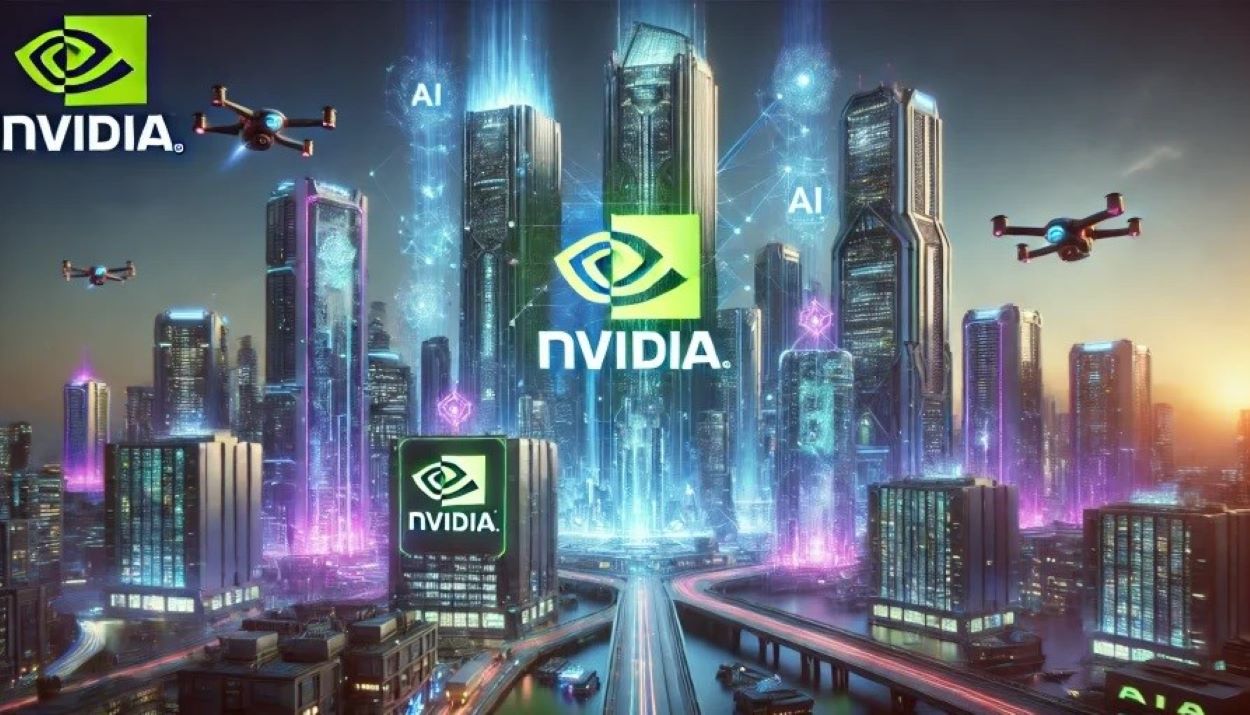Nvidia has launched the NVLM 1.0, a family of open-source multimodal large language models, featuring its leading model, NVLM-D-72B. This model competes with proprietary technologies such as OpenAI’s GPT-4 and Google’s AI systems.
This initiative gives developers and researchers unparalleled access to sophisticated AI tools, marking a shift from the norm of restricting access to advanced models.
The NVLM-D-72B, with its 72 billion parameters, excels in processing both visual-language and text-based tasks. Nvidia’s studies indicate that the model effectively interprets complex visuals like images and memes and enhances text accuracy by 4.3 points on specific benchmarks through multimodal training. This is notable as multimodal training typically hampers text performance in other models.
By disclosing the model weights and planning to release the training code, Nvidia aims to encourage broader cooperation and innovation in AI research.
This strategy challenges established AI industry players, prompting them to reconsider their proprietary models.
AI researchers have welcomed Nvidia’s open-source strategy, noting its potential to fast-track progress in the field. Experts highlight that NVLM-D-72B matches Meta’s LLaMA 3.1 in mathematical and coding tasks and surpasses it in visual tasks.
However, this release also sparks significant ethical concerns. As powerful AI models become more widely available, the risk of misuse and the necessity for responsible AI practices increase.
Nvidia’s move might lead to an industry-wide reassessment of the balance between innovation and ethical responsibility.
The long-term effects of the NVLM 1.0 are yet to be fully realized. Nvidia’s bold strategy could spur significant advancements in AI research or amplify ethical dilemmas as advanced AI technology becomes more accessible.






